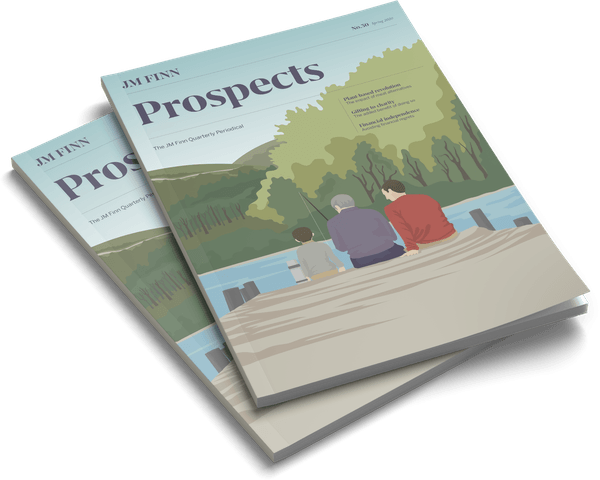Yet, Google remains Alphabet’s beating heart. Google is not just the go-to search engine used for internet search; it is Alphabet’s profit centre - the pump that primes Alphabet’s Other Bets.
Google is known, the world over, for its dominant search engine (Google.com) and web browser (Chrome). Yet, core Google should be thought of as the world’s largest advertising business. After all, selling advertising space is how Google principally generates revenue, profit and ultimately cash for its investors.
To understand how Google generates advertising revenue it may help to evaluate the business model of a traditional advertising billboard. For this business to work you first need a billboard to provide the physical real estate on which an advert can be displayed. Next, you need to find a good location for your billboard as potential advertisers will want a location with strong customer footfall – advertisers want to place their adverts in the line of sight of large numbers of potential customers. Then, to generate revenue, you need to agree with an advertiser on the price you will rent the billboard space for, over a defined period.
Core Google operates in a similar way albeit in the digital world. Google has its own digital real estate e.g. Google.com but it also amalgamates the digital space of third party websites. With this footprint, Google realised the digital scale potential and built an enormous digital advertising marketplace. On one side, Google aggregates all its own and third party digital space. On the other side, Google aggregates digital advertisers. Then, it allows advertisers to competitively bid for digital space.
Yet scaling between the physical and digital world is quite different: JCDecaux lists itself as the world’s largest outdoor advertising company with c.526k advertising panels. Meanwhile, Google’s search ranks and lists “hundreds of billions of webpages”. While physical advertising is constrained by the global population (c.7.8bn growing at 1% p.a. (2020)), digital advertising is limited by the number of internet users and searches these users conduct. As of 2018, there were approximately 4bn internet users (over 50% of the world’s population) growing at c.6% p.a. Typically, users are connected to the internet via mobiles, tablets and computers. On the assumption that each user completes two searches per day – this gives a significant estimated addressable market of c.3trn searches.
Google is not just the go-to search engine used for internet search; it’s Alphabet’s profit centre.
Google generates revenue by either charging advertisers on a ‘pay per click’ or a ‘pay per view’ basis. Much like physical ads - location matters. Google needs to ensure user web traffic is directed to these digital ads to receive payments. For Google’s own web space, it classifies traffic as organic (free) if users arrive on the web space directly or, inorganic where Google must pay a third party to drive traffic to their digital web space – this cost is known as Google’s ‘Traffic Acquisition Cost’ (TAC).
With internet enabled devices growing and searches per device rising, the outlook for Google might seem bright as revenues climb. Yet, this is only part of the profit equation; in the cost part – TAC matters most. Google had a strong grip over digital advertising when PCs dominated internet search. During this era the proportion of Google’s organic traffic was high and so it paid less TAC per search. Yet, the rising array of internet-enabled devices has softened Google’s grip on search - a trend that could continue meaning Google may incur higher TAC ahead.
If you analyse the shift of internet search from desktop to mobile you notice that mobile devices, through apps, increased the number of internet access points. Internet browser apps remain but traditional search has been disintermediated. For navigation, instead of searching via the internet browser, increasingly we search via navigation apps e.g. Google Maps or Citymapper. To search music - the Spotify app; property – Rightmove’s app, train tickets – Trainline’s app; video – YouTube’s app; shopping – Amazon’s app.
This means that the prominence an app has on a mobile can nudge users towards its use. To mitigate disintermediation and gain prominent app positioning - Google pays mobile manufacturers TAC for the traffic flow its pre-installed search apps receive. As we increasingly adopt voice search – Google may face another wave of search disintermediation.
Does this mean Google becomes less profitable? Maybe or maybe Google could expand their search domains to more than offset higher TAC. When you look at some of Google’s Other Bets you begin to appreciate how well Google understands the challenges and opportunities facing its search business. Take Waymo, Google’s self-driving vehicle project, it’s hardly a direct search domain expansion. Yet, if we have more spare time, whilst using self-driving vehicles, indirectly I suspect we will spend more time Googling...
Illustration by Emily Nault





